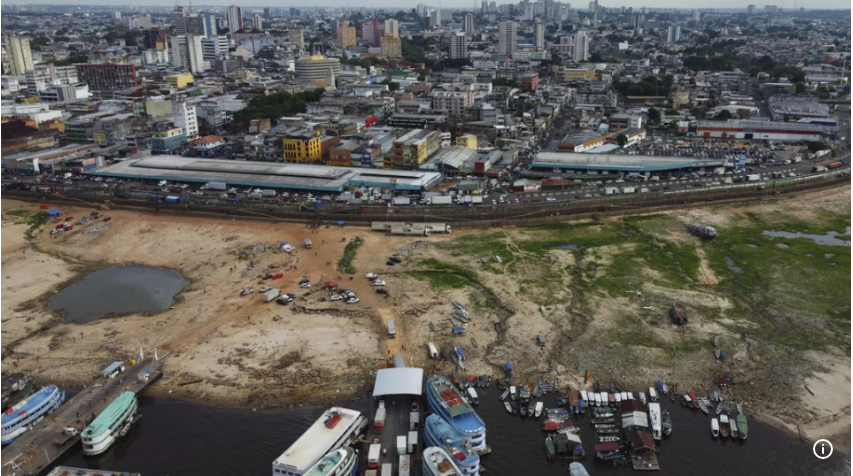Latest
China Coast Guard Enters Arctic Waters for the First Time in Joint Patrol with Russia

In a significant display of growing cooperation between China and Russia, the China Coast Guard (CCG) announced it entered Arctic Ocean waters for the first time as part of a joint patrol with Russia. The announcement marks a strategic move by Beijing to expand its footprint in the Arctic region, an area it has long sought to engage with, especially as climate change opens new shipping routes and opportunities.
This joint patrol, which took place a few days ago, “effectively expanded the scope” of the China Coast Guard’s ocean-going operations, according to a statement on the CCG’s official social media. The CCG emphasized that the patrol allowed them to test their ability to operate in unfamiliar waters, although they did not release the exact location. Photos from the mission showed banners on CCG vessels highlighting loyalty to China’s ruling Communist Party and its Arctic ambitions.
The patrol follows a report from the U.S. Coast Guard, which on Saturday spotted four vessels from the Russian Border Guard and Chinese Coast Guard navigating together in the Bering Sea. The ships were observed transiting in formation about five miles inside Russia’s Exclusive Economic Zone (EEZ).
Rear Admiral Megan Dean of the U.S. Coast Guard noted the growing activity of strategic competitors in the Arctic region, reflecting increasing interest from both China and Russia. The U.S. has voiced concerns over the deepening collaboration between the two nations in the Arctic, a region of immense geopolitical and economic importance.
China’s expansion into the Arctic is seen as part of a broader geopolitical strategy. Beijing has declared itself a “near-Arctic state” and has invested heavily in building icebreakers, research stations, and partnerships in the region, particularly with Russia. The two countries have deepened their economic and security ties, a relationship underscored by Russia’s reliance on China following international sanctions imposed due to its war on Ukraine.
In addition to military cooperation, China has practical economic interests in the Arctic. The country is investing in the Northern Sea Route, a shipping corridor that offers a faster link between Asia and Europe as melting sea ice makes it increasingly navigable. According to reports, 95% of cargo along this route in 2024 was transported from Russia to China.
The joint patrol is part of an ongoing trend of collaboration between the two countries, positioning China to expand its influence in the Arctic region. Analysts suggest that this signals China’s intent to operate in waters traditionally dominated by the U.S. and other Arctic nations.
Latest
Flash Floods Devastate Thai Elephant Sanctuary, Killing Two Elephants and Forcing Evacuations
Latest
Severe Drought Causes Record Low Water Levels in Brazil’s Negro River
Latest
Oxford Scientists Develop First Ovarian Cancer Vaccine in Groundbreaking Research
-

 Entertainment1 year ago
Entertainment1 year agoMeta Acquires Tilda Swinton VR Doc ‘Impulse: Playing With Reality’
-

 Business2 years ago
Business2 years agoSaudi Arabia’s Model for Sustainable Aviation Practices
-

 Business2 years ago
Business2 years agoRecent Developments in Small Business Taxes
-

 Home Improvement1 year ago
Home Improvement1 year agoEffective Drain Cleaning: A Key to a Healthy Plumbing System
-

 Politics2 years ago
Politics2 years agoWho was Ebrahim Raisi and his status in Iranian Politics?
-

 Business2 years ago
Business2 years agoCarrectly: Revolutionizing Car Care in Chicago
-

 Sports1 year ago
Sports1 year agoKeely Hodgkinson Wins Britain’s First Athletics Gold at Paris Olympics in 800m
-

 Business2 years ago
Business2 years agoSaudi Arabia: Foreign Direct Investment Rises by 5.6% in Q1



















